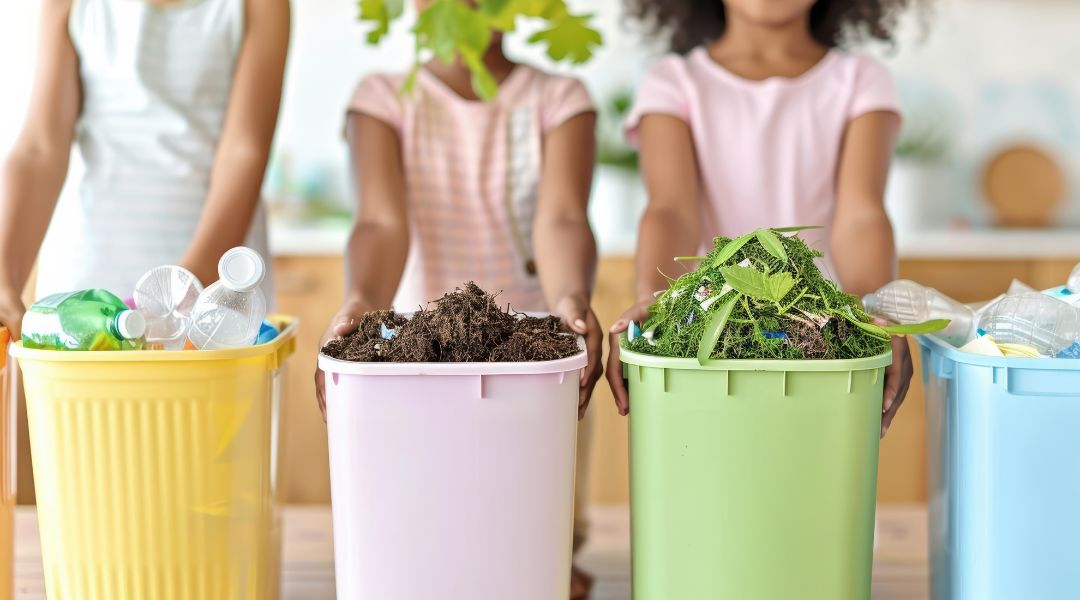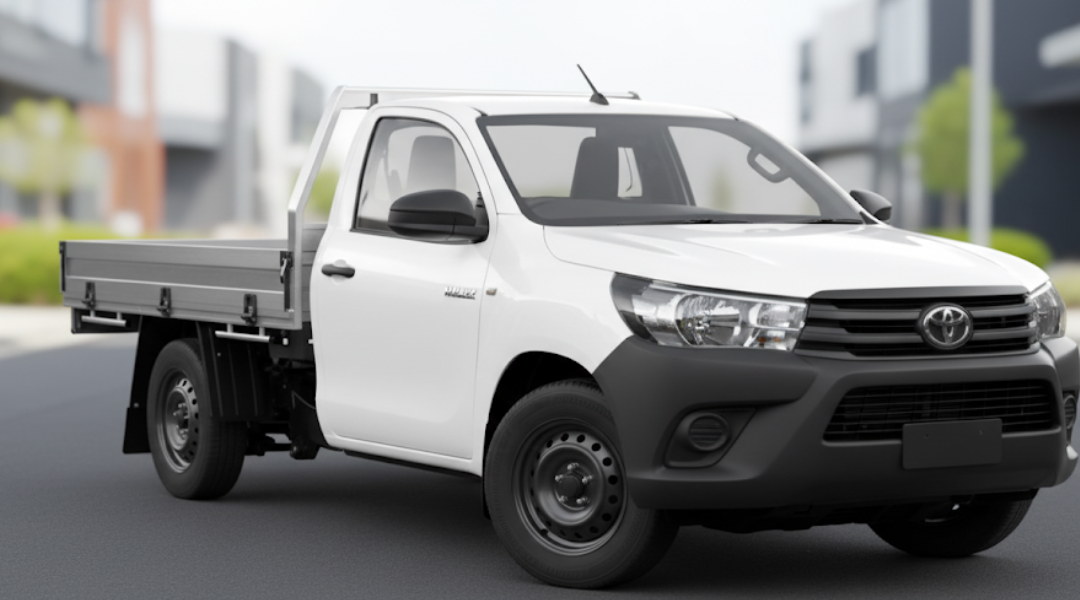Knowing what goes where when it comes to rubbish is a crucial part of being a responsible Australian resident. With different bin systems, hard rubbish rules, and ever-changing recycling schemes, it’s easy to get confused. Following your local council’s rules isn’t just about avoiding a fine; it’s about reducing landfill, improving resource recovery, and keeping our communities clean and safe.
This comprehensive guide will break down the common rules and provide practical advice to help you master waste disposal in your area.
The Australian Standard: Your Kerbside Bins
Most Australian households use a standard bin colour system for kerbside collection. Refer to this table for a quick guide on what belongs in each bin.
| Bin Colour | What Goes In | What Doesn’t Go In |
| Red | Household rubbish, plastic bags, nappies, non-recyclable packaging, broken crockery. | Recyclables, green waste, batteries, chemicals, or e-waste. |
| Yellow | Clean glass bottles and jars (lids on), metal cans, paper, flattened cardboard, hard plastic containers. | Soft plastics, food waste, polystyrene, clothing, broken glass, or bagged recyclables. |
| Green | Garden clippings, leaves, weeds, small branches, and (in some councils) food scraps like meat, bones, and dairy. | Plastic bags, treated timber, building materials, or animal waste. |
Stop Contamination: A Checklist for Better Recycling
Contamination is a major issue in Australian recycling. It occurs when non-recyclable items are placed in the yellow-lid bin and can cause an entire truckload of otherwise good recycling to be sent to landfill.
- Rinse it clean. Make sure food and drink containers are empty and rinsed to prevent residue from contaminating other materials.
- Recycle it loose. Never put recyclables in a plastic bag. Items should be placed loosely in the bin so they can be properly sorted by machinery.
- Flatten your cardboard. This saves space in your bin and helps it get processed correctly.
- When in doubt, leave it out. If you’re unsure if an item is recyclable, it’s safer to put it in your general waste bin to avoid contaminating the whole batch.
Hard Rubbish and Bulky Waste Collection
For large items like old furniture, mattresses, and whitegoods, most councils offer a specific hard rubbish collection service. The key is to check your council’s rules and book in advance.
Hard Rubbish Preparation Checklist
Follow these steps to ensure a smooth, penalty-free collection.
- Book the collection: Contact your council online or over the phone. Booking is mandatory, and you are usually entitled to one or two free collections per year.
- Separate your items: Hard rubbish is often collected by different trucks. Sort your items into separate piles for mattresses, metals, e-waste, and general household items.
- Check size limits: Your pile must not exceed the council’s specified volume (e.g., 2 cubic metres). Individual items must be under a certain size and weight (e.g., less than 50kg and 1.5m long).
- Know what’s accepted: Read your council’s list of accepted items carefully. Prohibited items often include building materials, chemicals, tyres, and car parts.
Disposing of Hazardous and Problematic Items
These items should never go in your kerbside bins. They pose a significant fire risk in collection trucks and sorting facilities, and they can harm the environment.
| Item | Why It’s a Problem | Safe Disposal Method |
| Batteries | They can cause fires in collection trucks and leak toxic chemicals into the environment. | Recycle for free at a B-cycle drop-off point, found at retailers like Bunnings, Officeworks, and Aldi. |
| Paint & Chemicals | Toxic liquids that can pollute waterways and groundwater. | Take unwanted paint to a Paintback drop-off point. For other chemicals, check for a council-run ‘Chemical CleanOut’ event. |
| E-Waste | Electronics contain valuable materials and hazardous components that need to be safely recovered. | Drop off old TVs, computers, and other electronics at a designated site under the National Television and Computer Recycling Scheme. |
| Soft Plastics | They get tangled in recycling machinery, causing it to break down and contaminating other materials. | Since the REDcycle program has stopped, place them in your red-lid general waste bin. |
How to Find Your Specific Council’s Rules
Because rules can differ between council areas, always check your local regulations.
- Search Online: The easiest way is to search for your council name followed by “waste and recycling” or “bin collection.”
- Download a Waste App: Many councils have their own dedicated waste and recycling apps. Search your app store for your council’s name to find a handy tool with personalised collection calendars, sorting guides, and more.
- Look for Guides: Most councils have a detailed A-Z Guide to Waste and Recycling on their website that clarifies what goes in each bin and how to deal with more difficult items.
Your Ultimate Waste Disposal Checklist
Before you put anything in the bin or on the kerb, run through this quick checklist to ensure you’re disposing of your waste correctly.
| Checklist Item | Purpose | Condition to Check | Tick |
| Kerbside Bins | To correctly sort household waste for recycling and disposal. | Correct items in red, yellow, and green (FOGO) bins. Bins are not overfilled. | ☐ |
| Contamination | To ensure recycled materials are not sent to landfill. | Containers are rinsed clean. Items are placed loosely, not in bags. | ☐ |
| Hazardous Items | To prevent fires and environmental harm from dangerous materials. | Batteries, chemicals, and e-waste are not in kerbside bins. | ☐ |
| Bulky Waste | To properly dispose of large household items and avoid illegal dumping. | Collection is booked with the council. Items are sorted and within size limits. | ☐ |
| Soft Plastics | To correctly dispose of plastics that can’t be recycled in the yellow bin. | Soft plastics are placed in the red bin (unless a local program exists). | ☐ |
| Check Local Rules | To confirm specific regulations that vary by council area. | Council’s waste guide or app is checked for the latest rules. | ☐ |
Need to Move Bulk Waste? Hire a Truck
Council hard rubbish collections are great for a few items, but for a big house clean-up, a garden overhaul, or a renovation project, you’ll likely exceed the size limits. Instead of a dozen trips in your car, hiring a truck is a cost-effective and efficient solution for transporting a large volume of waste. You can load all your rubbish, from old furniture to construction debris, and take it to a local transfer station or recycling centre in a single trip. It’s a simple way to get the job done right and on time.



